New Jerusalem
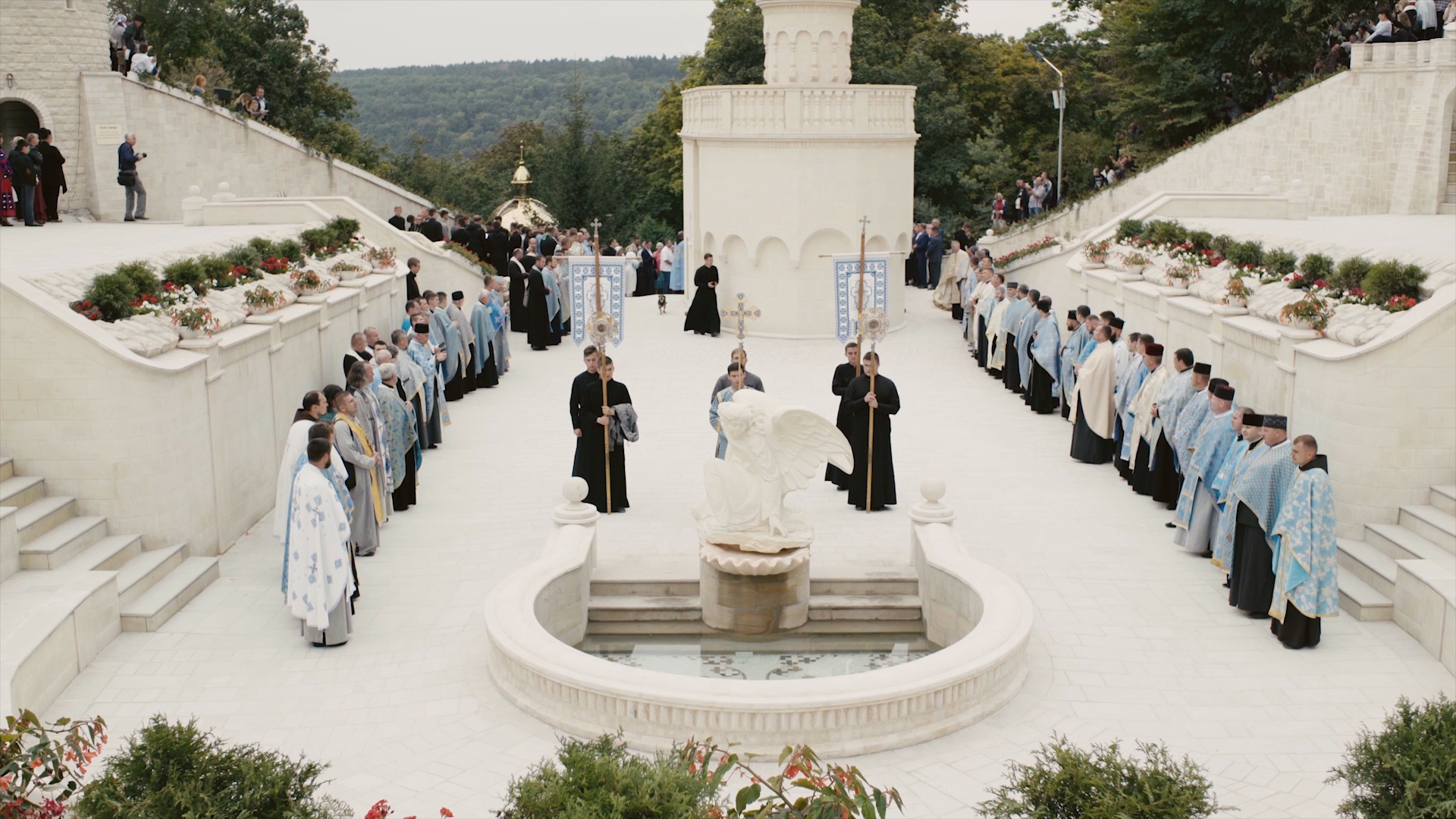

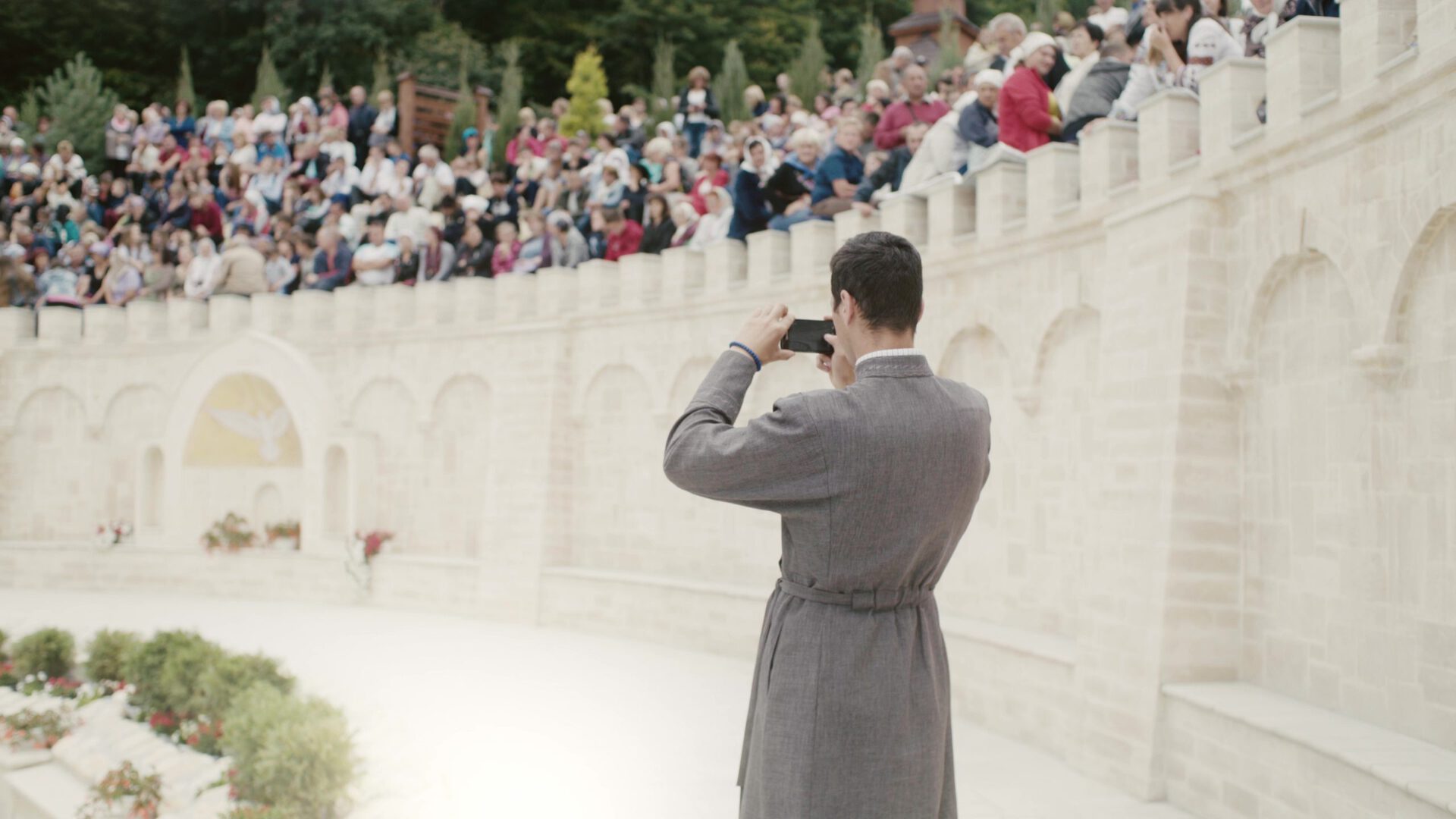
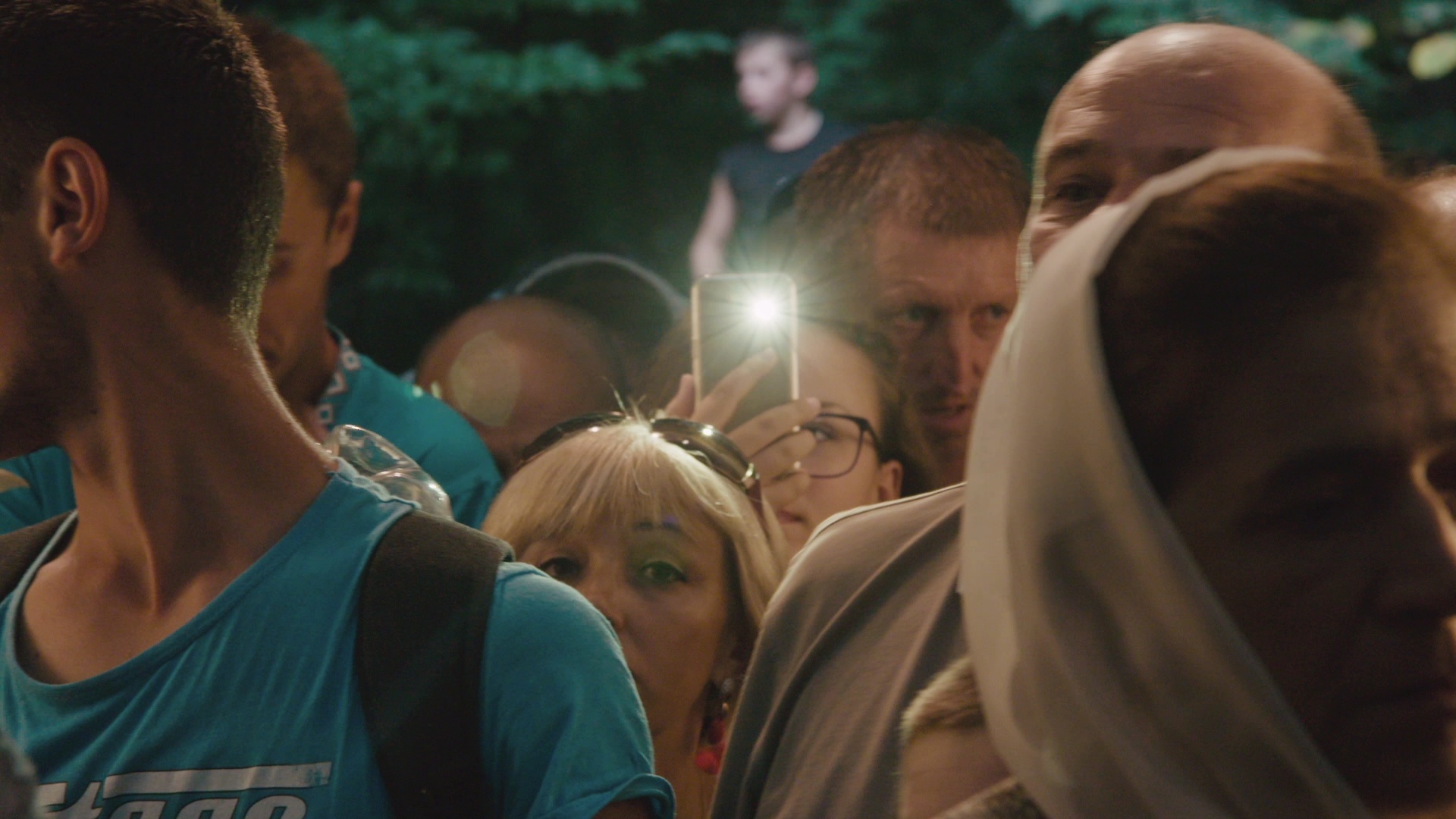

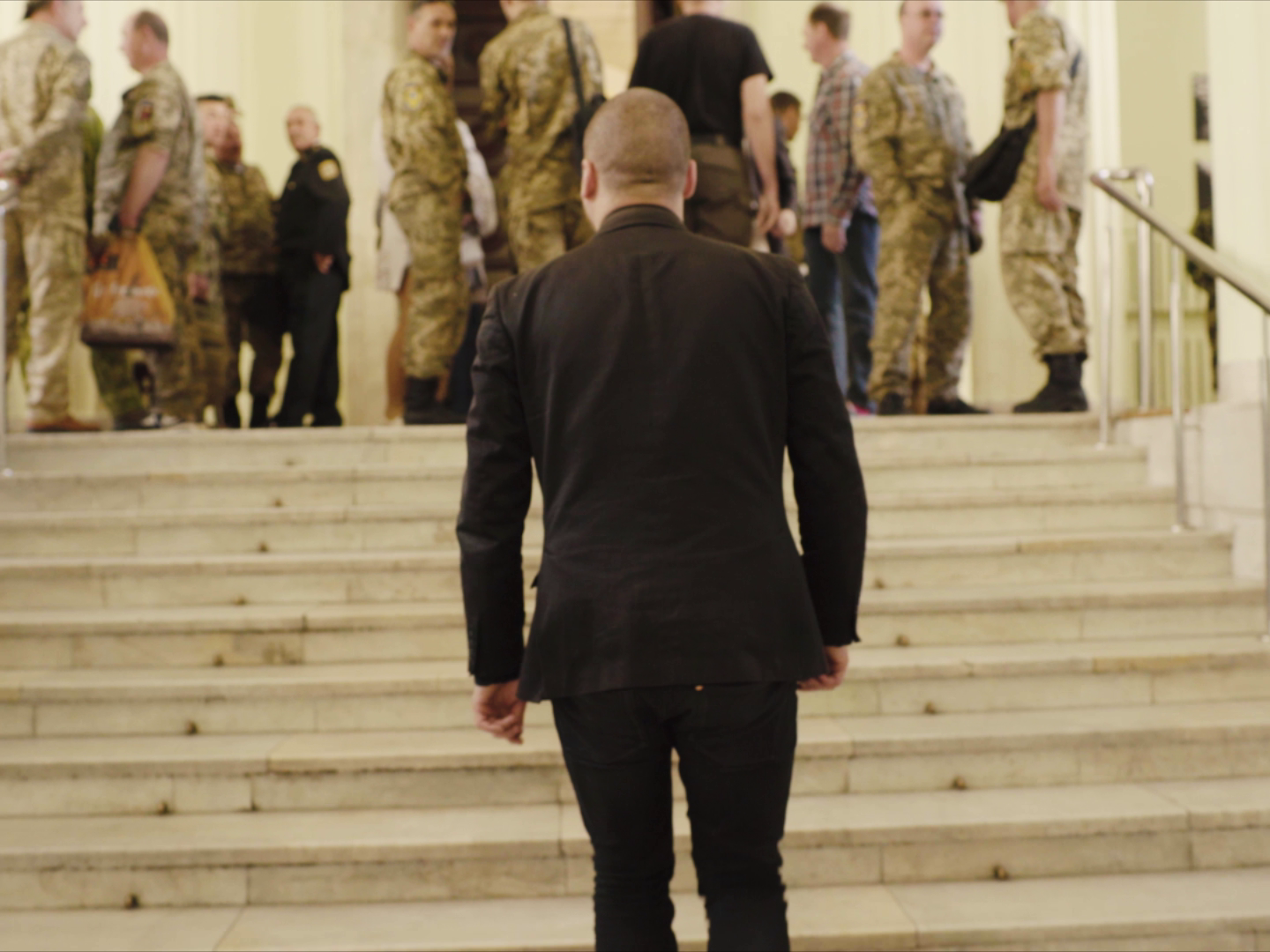

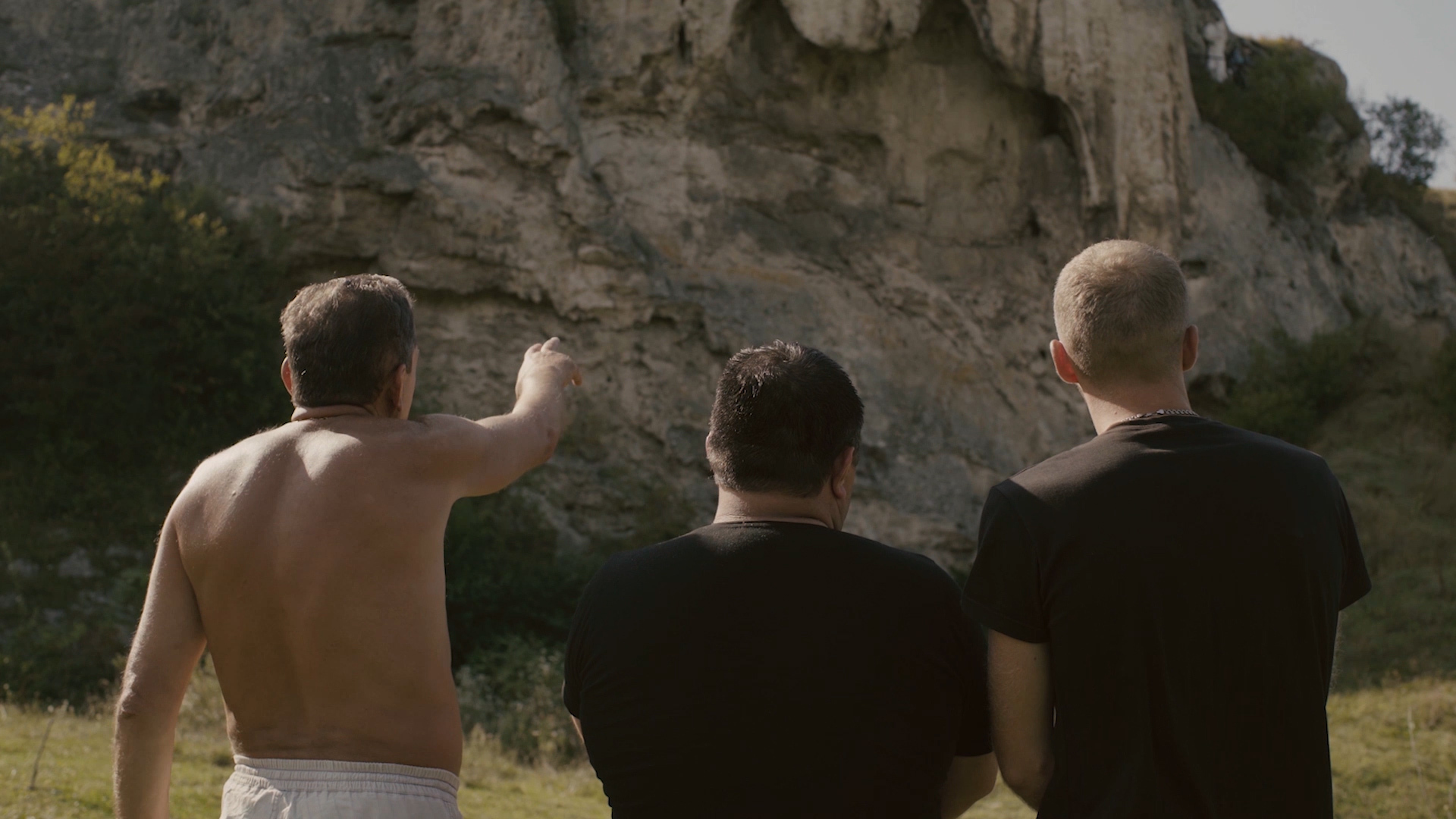

Subheadline
Ein Kommentar von Ania KołyszkoText
New Jerusalem
Ein Kommentar von Ania Kołyszko
Was kann man sagen, das nicht banal klingt? Was nicht abgehoben daherkommt, aus der Position einer verdrehten Distanz zu den Dingen? Wie findet man die passenden Worte, in Anbetracht der Tatsache, dass das, was am 24. Februar als von Wladimir Putin initiierte, lange Zeit geplante „Militäroperation“ begann, sich als ein militärischer Vernichtungskrieg Russlands gegen die Bevölkerung der Ukraine bestätigt hat? Wir sind alle gegen Krieg. Der Satz klingt jetzt lapidar. Und der zweite Satz noch mehr. Wie perfide es ist, dass wir heute das Gefühl haben, das wieder verhandeln zu müssen, politisch, privat und mit uns selbst. Kann jede*r Einzelne von uns etwas tun, um einen Friedensprozess zu unterstützen – so hilflos der Wunsch nach der Rückkehr von Diplomatie und so unvorstellbar eine nicht militärische, oder nicht durch und durch zynische Lösung im Moment sein mag?
Was können wir beisteuern? Und was kann Kunst, was Politik nicht kann? Kunst erzeugt, neben alldem, was Kunst auch noch ist, Wissen. Nicht nur faktisches, sondern emotionales Wissen – und Empathie. Der Film, so sagt man, ist eine Empathiemaschine. Und je mehr wir sehen und lesen, desto mehr Zusammenhänge, jenseits kühler Fakten, schreiben sich in uns ein. Und je mehr wir dies tun, umso stärker werden die persönlichen Brücken, die uns miteinander verbinden.
Yarema Malashchuk and Roman Himey waren bei Ausbruch des Krieges in Kiew, wo sie auch schon gemeinsam studierten und wo sie 2013/14 ihren Abschluss in Film und Regie machten. Kennengelernt haben wir uns 2021, im Zuge der Vorbereitung auf eine Ausstellung im Museum Morsbroich in Leverkusen. Wegen der Pandemie nur online. Die Ausstellung Der Katalysator. Joseph Beuys und die Demokratie heute thematisierte die Forderung Joseph Beuys (kurz gesagt) nach einer Union von Kunst und Politik. Wir fragten uns, was sich seit den 1960er/70er/80er-Jahren geändert hatte. Einige der Künstler*innen hatten dabei eine recht klare Haltung: Freiheit kann (muss vielleicht sogar, dort wo sie fehlt) aktiv erkämpft werden. Und Kunst begleitet die Menschen auch heute – wie damals - dabei. Kunst kann also auch im 21. Jahrhundert ein Beschleuniger für gesellschaftliche, politische Prozesse sein. Ich frage mich heute, warum wir davon ausgehen, dass Kunst immer das Gute wählt. Ich glaube, letztes Jahr war meine Antwort eine hellere, überzeugte, optimistische.
Innerhalb des Settings der Ausstellung nahm die Videoarbeit State Institution von Yarema und Roman eine ganz eigene Position ein: Sie zeigt ein Amtsgebäude in Kiew, durch das sich verschiedene Personen hindurchbewegen. Die Kamera folgt ihnen. Niemand spricht. Es ist unklar, wohin sie gehen. Unklar ist auch, was ihre Aufgabe ist und was hinter den Türen verhandelt, geregelt, unterschrieben wird. Ein wenig wirkt das ganze wie bei Kafka. Die Verwaltung als verlängerter Arm der Politik. Was sich draußen, auf den Gängen abspielt, findet im Rahmen einer Repräsentation statt. Die Menschen auf dem Flur repräsentieren sich selbst, unweigerlich und ungewollt: sie sind die Bürger*innen der Stadt, die Bevölkerung des Landes. Sie sind die Wartenden. Wie Statist*innen. Die Personen in Anzügen repräsentieren vor allem sich und ihre höhergestellte Position. Die Männer in Uniform repräsentieren das Militär, die alltägliche Präsenz der Staatsgewalt, hervorgebracht durch den seit 2014 herrschenden Krieg, den im Westen schon fast vergessen war. Mädchen und Jungen in Trachten repräsentieren, tja was? Die Geschichte vielleicht, alte Bräuche, Rückbesinnung auf die Vergangenheit, Tradition, Konservatismus, Suche nach einer nationalen Identität, die Jugend, die Zukunft, das Leben. Das alles spielte in diesem Amtsgebäude, das auch selbst etwas repräsentiert. Vor der Maidan-Revolution war es Symbolbild für die Korruption unter Wiktor Janukowytsch, während des Euromaidans wurde es gestürmt und bot von dann an den Protestierenden vom Platz der Unabhängigkeit Zuflucht vor der Miliz und der Kälte, und seit Kurzem war das Gebäude für viele ein Monument des Aufbruchs in eine Zeit der Festigung von Demokratie und Selbstbestimmung. Was wird es in Zukunft sein?
Die Stimme, die Yarema und Roman der Ausstellung Der Katalysator hinzugaben, war eine nachdenkliche, vorsichtige, suchende, abwägende, und eine erzählende, keine die eine konkrete Aussage trifft um auf diese zu beharren. Die Filme von Yarema und Roman erzählen aus der Haltung eines stillen, zurückgenommenen Beobachters. Eines sich wundernden Beobachters – der über die Banalität des Alltags schmunzelt, weil er sie selbst so gut kennt, weil er Teil von ihr ist. Der Blick aller ihrer Filme ist ein freundlicher, ein wohlwollender. Es ist ein hoffnungsvoller Blick. Wenn auch kritisch. Und trotzdem fehlt in allen ihren Arbeiten eins: ein Feindbild.
Stattdessen konzentrieren sich die Arbeiten von Yarema und Roman auf sich selbst und einen möglichst offenen, unverstellten Fokus: der Schlüssel hierfür liegt in der Selbstreflektion des Mediums. Das was wir sehen, ist nicht die Realität, es ist eine Inszenierung von Realität. Normalerweise blenden wir die Existenz der Kamera aus, und mit ihr die Kameraperson, die Personen neben ihr und die Landschaft hinter ihr genauso wie die Anweisungen (ja, auch Unsicherheiten) der Regie. Wir unterliegen der Illusion, dass wir in eine Welt, so wie sie ist, abtauchen. Dass das, was wir sehen einfach nur wahr ist. In New Jerusalem (2021) verhält es sich anders. In einem kurzen Moment nehmen die Regisseure an einem langen Tisch, neben den Pilger*innen Platz. Wir sehen, wie Personen sich vor der Kamera in Position bringen. Wie ein Moderator immer wieder neu ansetzt, weil er sich verhaspelt. Wir bekommen mit, wie jemanden beim Reden unterbrochen wird. Oder sich für einen allzu lang geratenen Monolog entschuldigt. Es gibt auch einen tiefen Kamerablick einer Kamera in eine andere Kamera, und einen Hobbyfotografen, der von den wundervollen Möglichkeiten der digitaler Fotobearbeitung schwärmt.
Und das alles passiert, auf der Bühne, die der christlichen Wahlfahrtort Sarwanyzja samt der gesamten Inszenierung der griechisch-katholischen Kirche dafür hergibt. Dazu gehört auch der Glaube an Wunder, an Dinge, die wir mit bloßem Verstand nicht begreifen können und die vielleicht deshalb etwas mit Kunst zu tun haben, weil sie – möglicherweise – in den Bereich der Fiktion gehören, ohne vollkommen und definitiv unwahr zu sein. Hier stellt sich selbstverständlich nicht so sehr die Frage danach, was faktisch wirklich stimmen kann, und ob man wundersame Phänomene irgendwie erklären kann. Vielmehr steht die Frage im Raum, was die Menschen antreibt an diese Wunder zu glauben, was es ihnen gibt, Hoffnung, Stärke, Zusammenhalt.
In den letzten Wochen hat sich alles verändert. Wir haben uns verändert und mit uns die Art und Weise wie wir sehen und bewerten. Vielleicht ist es vermessen zu sagen, dass unser Blick existenzieller geworden ist. In ihrem Buch Im Menschen muss alles herrlich sein schreibt Sasha Marianna Salzmann über die Geschichten von ukrainischen Frauen. Von Frauen wie ihrer Mutter und Großmutter, die alle das selbe erlebt haben, nur auf unterschiedliche Weise. Lena, die erste Titelheldin, sitzt im Auto der Mutter einer Freundin. Diese holt die Mädchen von der Aufnahmeprüfung an der Universität von Dnepropetrowsk im Osten der Ukraine ab:
„Mit orangenen Lippen saß Lena hinten im Wagen und schielte auf das Jesusbild, das von der sich verdunkelnden Landschaft hin und her schaukelte zu den Gitarrenakorden von Juri Antonow, während Swetlana und ihre Mutter aus voller Kehle mitsangen: wir jagen stehts Wundern nach, aber es gibt nichts Wunderbareres als das eigene Dach über dem Kopf.““
----
What can you say that doesn't sound banal? What does not come across as aloof, from the position of a twisted distance from things? How to find the appropriate words, given the fact that what began on February 24 as a long-planned "military operation" initiated by Vladimir Putin has been confirmed as a military war of extermination by Russia against the people of Ukraine?
We are all against war. The sentence sounds succinct now. And the second sentence even more so. How perfidious it is that today we feel we have to negotiate it again, politically, privately and with ourselves. Can each and every one of us do something to support a peace process - however helpless the desire for the return of diplomacy and however unimaginable a non-military, or not thoroughly cynical solution may be at the moment.
What can we contribute? And what can art do that politics cannot? Art generates, in addition to all that art also is, knowledge. Not just factual knowledge, but emotional knowledge - and empathy. Film, they say, is an empathy machine. And the more we see and read, the more connections, beyond cold facts, inscribe themselves in us. And the more we do so, the stronger the personal bridges become that connect us.
Yarema Malashchuk and Roman Himey were in Kiev at the outbreak of the war, where they studied at the film academy until 2013/14. We met in 2021, in the course of preparing an exhibition at the Museum Morsbroich in Leverkusen. Because of the pandemic, only online. The exhibition The Catalyst. Joseph Beuys and Democracy Today addressed Joseph Beuys' call (in short) for a union of art and politics. We asked ourselves what had changed since the 1960s/70s/80s. Some of the other artists had a very clear stance: freedom can (and sometimes must, where it is lacking) be actively fought for. And art accompanies people today - as it did then - in this process. In the 21st century, art can also be an accelerator for social and political processes. I ask myself today why we assume that art always chooses the good. I think last year my answer would have been a more optimistic one.
Within the setting of the exhibition, the video work State Institution by Yarema and Roman took a very unique position: it shows an official building in Kiev, through which various people move. The camera follows them. No one speaks. It is unclear where they are going. It is also unclear what their task is and what is being negotiated, settled, signed behind the doors. The whole thing seems a bit like Kafka. The administration as the extended arm of politics. What happens outside, in the corridors, takes place within the framework of representation. The people in the corridor represent themselves, inevitably and unintentionally: they are the citizens of the city, the population of the country. They are the waiting ones. Like statisticians. The people in suits represent, above all, themselves in a higher position. The men in uniforms represent the military, the everyday presence of state power, brought about by the war that has been going on since 2014, which was almost forgotten in the West. Girls and boys in traditional costumes represent, well, what? History perhaps, ancient customs, recollection of the past, tradition, conservatism, search for a national identity, youth, the future, life. All this played out in this official building, which also represents something itself. Before the Maidan revolution it was a symbol of corruption under Viktor Yanukovych, during the Euromaidan it was stormed and from then on it offered the protesters from Independence Square refuge from the militia and the cold, and more recently for many the building has been a monument of the dawn of changes towards democracy and self-determination. What will it be in the future?
The voice that Yarema and Roman added to The Catalyst exhibition was a thoughtful, cautious, searching, deliberative one, and a narrative one, not one that makes a concrete statement and insists on it. Yarema's and Roman’s films narrate from the stance of a quiet, withdrawn observer. A wondering observer - who smiles at the banality of everyday life because he knows it so well himself, because he is part of it. The gaze of all her films is a friendly one, a benevolent one. It is a hopeful gaze. Even if it is critical. And yet one thing is missing in all their works: an image of the enemy.
Instead, Yarema’s and Roman's works focus on themselves and the most open, undisguised focus possible: the key to this lies in the self-reflection of the medium. What we see is not reality, it is a staging of reality. Normally we block out the existence of the camera, and with it the camera person, the people next to it and the landscape behind it just as much as the instructions (or even uncertainties) of the director. We are under the illusion that we are immersed in a world as it is. That what we see is simply true. In New Jerusalem (2021), things are different. In a brief moment, the directors take a seat at a long table, next to the pilgrims. We see how people position themselves in front of the camera. How a moderator starts again and again because he gets confused. We see how someone is interrupted while speaking. Or apologizes for an overly long monologue. There is also a deep camera view of one camera into another camera, and an amateur photographer raving about the wonderful possibilities of digital photo editing.
And all this happens, on the stage that the Christian elective Sarwanyzja together with the entire staging of the Greek Catholic Church gives for it. This also includes the belief in miracles, in things that we cannot comprehend with mere intellect and that perhaps have something to do with art because they—possibly—belong to the realm of fiction without being completely and definitely untrue. Here, of course, the question is not so much what can be factually true, and whether miraculous phenomena can somehow be explained. Rather, the question is what drives people to believe in these miracles, what it gives them; hope, strength, cohesion.
In the last few weeks, everything has changed. We have changed and with us the way we see and evaluate. Perhaps it is presumptuous to say that our view has become more existential. In her book Im Menschen muss alles herrlich sein, Sasha Marianna Salzmann writes about the stories of Ukrainian women. Of women like her mother and grandmother, who have all experienced the same thing, just in different ways. Lena, the first title character, sits in the car of a friend's mother. The latter is picking up the girls from their entrance exams at the University of Dnepropetrovsk in eastern Ukraine:
"With orange lips, Lena sat in the back of the car, squinting at the image of Jesus swaying back and forth from the darkening landscape to the guitar chords of Yuri Antonov, while Svetlana and her mother sang along at the top of their lungs: we're always chasing miracles, but there's nothing more miraculous than your own roof over your head.""